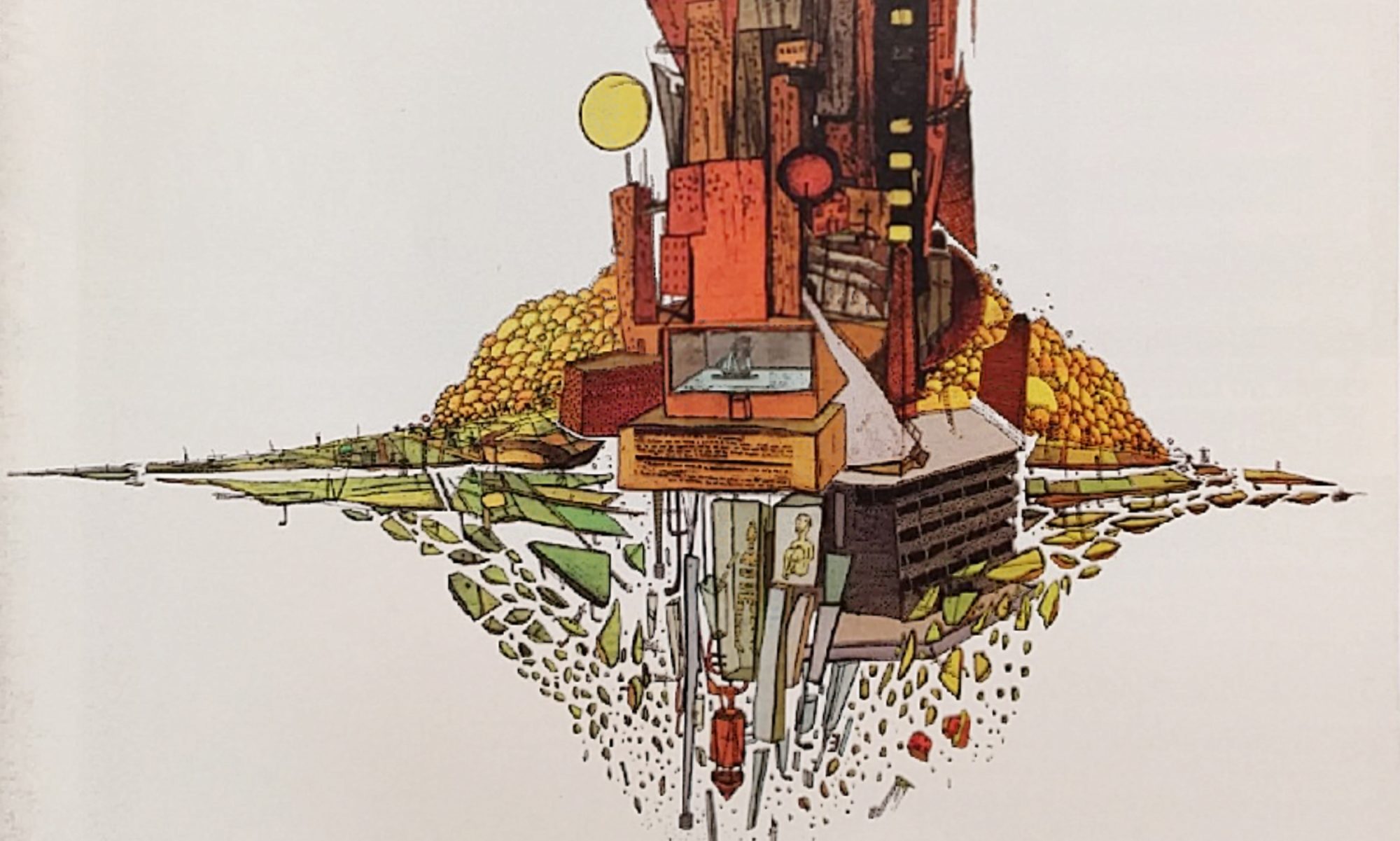 By Curran Faris
By Curran Faris
crys cole wants you to listen. Carefully.
She’s the artistic director for Winnipeg’s annual sound art festival, send + receive, but she also has her own art practise and has been sculpting sounds and challenging eardrums for ten years. In June, cole embarked on a two-week European tour, playing in biggest scenes in experimental music—Paris, Brussels and Berlin. She said the response to her work was overwhelmingly positive, offering her the opportunity to perform and network with the massive experimental music communities in Europe.
“It’s just a different dynamic out there. There’s a different appreciation for the arts in general and a different appreciation for this type of music. It has a history,” said cole.
While it may take time for Winnipeg to be mentioned alongside Berlin in discussions about experimental music, cole said that Winnipeg sustains a small but active community of experimental musicians and artists. The only drawback, she said, is that performances and events like send + receive remain relatively infrequent occurrences. In huge cities like Berlin or Paris, it’s not uncommon to see five experimental performances per week. Experimental music, it seems, is still misunderstood by the majority of Canadian audiences.
“The difference is that in Europe there’s a context for this type of music. Going there, you’re just impressed by the fact that you don’t have to explain yourself. People just get it. Whereas you can play a show in Canada and people will be like, ‘Well, that wasn’t music,’” said cole.
cole began performing after moving to Montreal from Winnipeg in 1998. The large and vibrant experimental music scene in Montreal allowed cole to make the step from listener to musician. “I was listening to so much of this crazy stuff, but I always felt like I couldn’t make it because I wasn’t a musician… And then when I moved to Montreal that just went out the window. I was like, ‘I want to do it, so I’m just going to do it, I’m going to find a way,’ and I played with broken electronics because I had them,” she said.
Over time, in what cole described as an organic process, she began to look beyond devices intended for sound making and started to incorporate everyday objects into her work. “I’ve always been a pretty intense listener. I’ll sit and listen to my radiator making a strange sound for an hour and be completely captivated by it and that definitely influences the way that I play,” she said.
Using contact microphones, which amplify the vibrations running through an object, cole creates delicate, dizzying soundscapes, transforming ordinary objects into micro-symphonies and holding rooms full of people in a dead silence. In cole’s hands, scraps of metal, jewellery, even the table she performs at, become instruments unlike anything heard before.
“There’s something very interesting to me about amplifying sounds that just don’t exist in the natural ear. If you scratch the table, yeah, you can hear it, but when I put a contact mic there, it has this whole dimension to it that you would never normally hear…it’s a whole new palette of sound,” said cole.
In ten years, cole has released one EP, Sand, and she will be featured in the send + receive tenth anniversary box set, due this fall. cole’s small output of recordings, however, is far from a reflection of her artistic integrity. Rather, it’s indicative of how cole’s work is best experienced: live. The strength and majesty of cole’s live show differentiates her work from that of musicians who rely on computer software for their compositions.
Relying entirely on improvisation, each performance is an experiment, an exploration, for performer and audience alike. Due to the sensitive nature of contact microphones, the audience or the venue itself can inadvertently become part of the art. While this kind of unpredictability might give most musicians night terrors, cole revels in the chaos of improvisation.
“The chaos factor, to me, is very interesting about improv in general. There are so many variables that influence it…I usually now incorporate something in the space,” said cole. “There’s no way I [can] prepare for it.”
Indeed, with such low volumes and sensitive equipment, cole’s performances demand close listening. What separates cole even further from other experimental artists is the visual component of her live show. Gracefully manipulating, or “playing,” the objects in front of her, the audience makes the connection between cause and effect: cole touches a table and you hear the otherworldly sounds it generates. cole said audience reactions have been a source of inspiration since her first solo show in 2003.
“The thing that was immediately interesting to me was the way the energy changed in the room when I played…you could feel the air pressure change in the room and it just created this space for the sound and I found it fascinating, and from there, that’s what I’ve been exploring.”
And cole continues to explore with a hunger for innovation and experimentation. Most important of all, she’s motivated first and foremost by her genuine fascination and love for sound. Whether she is playing to three people or 300, cole creates art that speaks to her. “People might think that I’m full of shit doing this, but it sounds so fantastic to me.”

